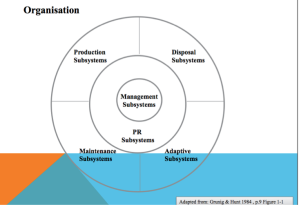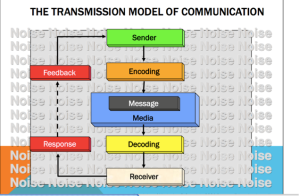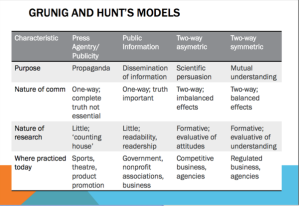Working in Public Relations
Introduction
This week instead of having a normal lecture on a topic for PR, the university had a guest speaker to come and talk about the experiences he has had while working in PR. From this talk and also in my tutorial I gained much more knowledge about what the occupation includes. I learnt about the benefits, disadvantages and what its like working for the public and private sectors.
Benefits
- Public relations specialists create and maintain a favorable public image for the organization they represent.
- They design media releases to shape public perception of the organization and to increase awareness of its work and goals.
- Public relations specialists usually work in offices and attend community activities.
- The job is more of a lifestyle than a 9-5 job.
- Pays well as a senior public relations position
- Employment of public relations specialists is projected to grow as fast as the average for all occupations.
- You can choose after you have had experience to work for the private or public sectors.
- Travel
- Can be very rewarding
- Variety in your work, as you may be working for many firms at once
Disadvantages
- Long workdays are common, as is overtime.
- It can be very demanding, especially in a crisis.
- You have to be really committed and passionate.
- PR practitioners should expect strong competition for jobs at advertising and public relations firms and organizations with large media exposure.
- Can include a lot of pressure (tight deadlines) and responsibility
- You can become torn between client and the media
Working for Public Sector
The public sector is involved with public affairs. PR practitioners inform constitutes about governments and cooperate with government. They also provide citizen support of Politian’s and programs. In the public sector, PR practitioners usually receive less pay than PR practitioners working in the private sector. Their job usually includes working with internal communications, media relation’s governmental liaison, going to events (event management), working out issues, online engagements and campaign management. Personally, after hearing the guest speaker, I think I would prefer to work in the private sector, as it is much more free, versatile and pays much better.
Working for Private Sector
The private sector refers to businesses or commercial activities not owned or controlled by government. These organizations are for profit and therefore they reward shareholders. PR practitioners who work in the private sector work with the media, lobbying, shareholder, working with CEO liaison, do a lot of public speaking and work on reputation management. The private sector pays much better and is usually very versatile as you can work for many private companies as long as they are not a conflict of interest. I would like to work in the private sector if I was to become a PR consultant.
Conclusion
Overall, I leant a lot about what it means to be a PR practitioner and how the different sectors are similar and different. It has helped me clarify what I would be interested in doing. My dream job in PR would be to manage the PR of a fashion magazine or a fashion store. I also learned about the disadvantages of doing PR and I have decided that it would be a great job to have when you are young, but not so great when you are older and have a family, as the job involves long hours, lots of travel and a way of living.
Blog Review
This week I reviewed Lee Towton’s Blog on Campaigns, strategies and tactics.
I think that she has covered all the different strategies thoroughly and has set all of her tables out very well in her blog. It was easy to follow and I learnt more about this topic from reading it. She also wrote about her tutorial that week and explained what people in her classes have been discussing about campaigns. This was interesting to read as we are in different classes.
Below is the link to her blog
http://leetowton.wordpress.com/2014/06/01/public-relations-blog-week-12/comment-page-1/#comment-4


